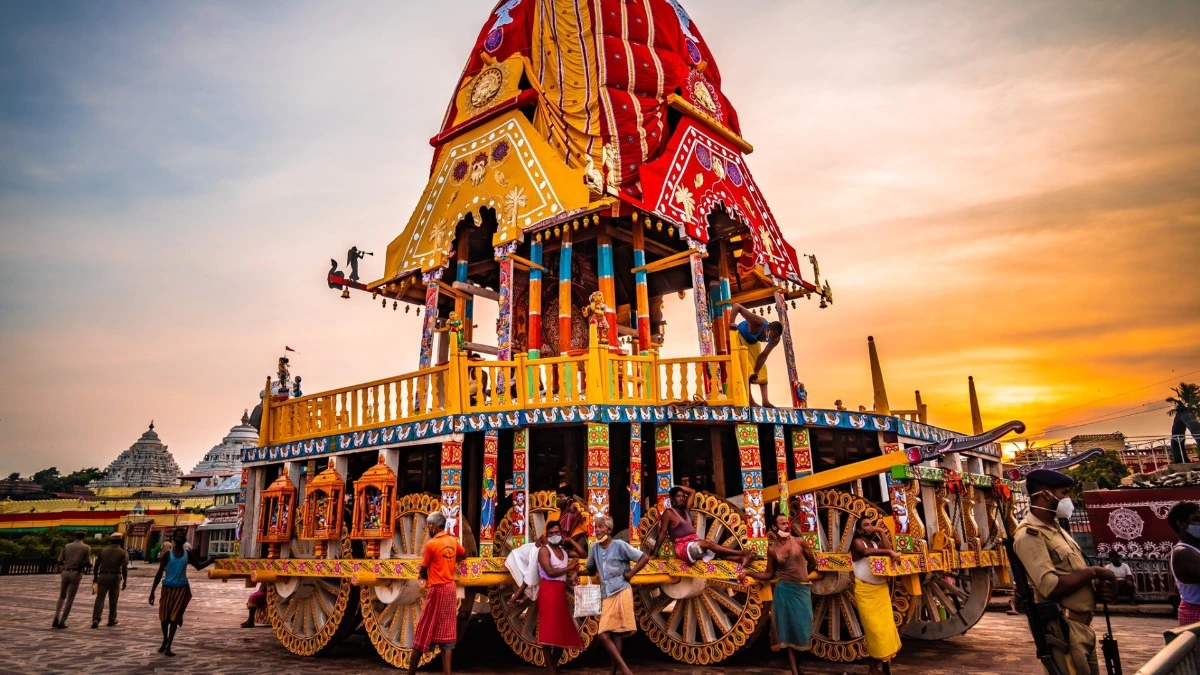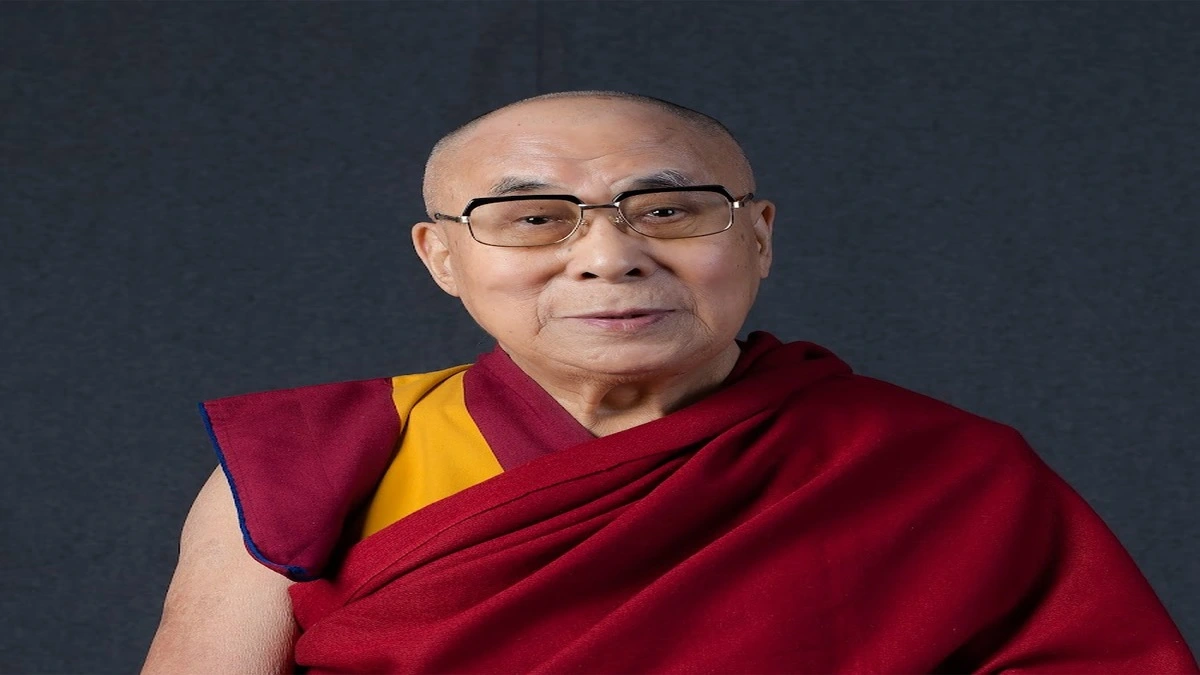
Table of Contents
Introduction
The Rath Yatra, also known as the Chariot Festival, is a grand celebration that takes place annually at the Shree Jagannatha Temple in Puri, Odisha, India.
This festival holds significant religious and cultural importance for Hindus and offers valuable insights for UPSC (Union Public Service Commission) aspirants. In this article, we will delve into the intricacies of the Rath Yatra, its historical and mythological significance, its festivities, and how it can be relevant for UPSC aspirants.
Dive into the vibrant celebration of Rath Yatra at the iconic Shree Jagannatha Temple in Puri. Explore the grand procession, ancient rituals, and spiritual significance of this Hindu festival. Discover how the Rath Yatra holds relevance for UPSC aspirants, connecting with the cultural and historical aspects covered in the exam syllabus. Gain insights into this captivating event and its impact on the journey of UPSC preparation.
Outline
- Introduction
- Historical and Mythological Significance of Rath Yatra
- Preparation and Rituals
- The Chariots and Their Symbolism
- Grand Procession and Devotee Participation
- Importance of Rath Yatra for UPSC Aspirants
- Insights from Indian Culture and Tradition
- Understanding Religious Pluralism and Syncretism
- Significance of Festivals in Indian Society
- Rath Yatra and Social Harmony
- Rath Yatra and Cultural Exchange
- Rath Yatra and Governance
- Rath Yatra and Art and Craft
- Rath Yatra and Tourism
- Conclusion
- Frequently Asked Questions (FAQs)
Historical and Mythological Significance of Rath Yatra
The Rath Yatra traces its roots back to ancient times and is steeped in Hindu mythology. According to legends, Lord Jagannatha, an incarnation of Lord Vishnu, along with his sister Subhadra and brother Balabhadra, embarks on a journey from their abode within the temple to their aunt’s residence. This journey symbolizes the deities’ annual visit to their maternal aunt’s house and is a significant event in their divine life.
Preparation and Rituals
Months prior to the Rath Yatra, elaborate preparations are made at the Shree Jagannatha Temple. The idols of Lord Jagannatha, Subhadra, and Balabhadra are ceremoniously placed in chariots called “raths.” The chariots are magnificently decorated with vibrant colors, intricate designs, and religious motifs. The temple priests perform various rituals to purify and sanctify the chariots and the idols.
The Chariots and Their Symbolism
The Rath Yatra features three main chariots, each dedicated to one deity. The chariot of Lord Jagannatha is called Nandighosa, the one for Balabhadra is called Taladhwaja, and the chariot for Subhadra is known as Darpadalana. These chariots represent different aspects of divinity and are constructed with specific measurements and materials, symbolizing various philosophical and spiritual concepts.
Grand Procession and Devotee Participation
On the day of the Rath Yatra, thousands of devotees gather at the Shree Jagannatha Temple to witness the grand procession. The chariots are pulled by ropes by enthusiastic devotees, who believe that participating in this act of devotion brings them blessings and spiritual elevation. The procession moves through the streets of Puri, accompanied by chanting, music, and dancing, creating a joyous atmosphere.
Importance of Rath Yatra for UPSC Aspirants
The Rath Yatra holds immense relevance for UPSC aspirants due to its multidimensional nature. It offers valuable insights and knowledge in various domains that align with the UPSC examination syllabus. Let us explore some aspects through which the Rath Yatra can benefit UPSC aspirants.
Insights from Indian Culture and Tradition
The Rath Yatra provides an opportunity to understand the rich cultural heritage of India. It exposes aspirants to the diversity of religious practices, beliefs, and rituals, fostering a deeper appreciation for the country’s pluralistic ethos. This understanding can be crucial while answering questions related to culture, art, and religion in the UPSC examination.
Understanding Religious Pluralism and Syncretism
The coexistence of multiple religious traditions during the Rath Yatra exemplifies India’s religious pluralism. The festival showcases how diverse communities come together to celebrate and participate, emphasizing unity in diversity. Such insights can be applied while answering questions on secularism, religious harmony, and social integration.
Significance of Festivals in Indian Society
Festivals play a vital role in shaping the social fabric of Indian society. The Rath Yatra, with its grandeur and mass participation, highlights the importance of festivals in fostering communal harmony, cultural exchange, and social cohesion. UPSC aspirants can draw upon these observations while answering questions related to social and cultural dynamics in India.
Rath Yatra and Social Harmony
The Rath Yatra acts as a unifying force, bringing people from different walks of life together. It transcends barriers of caste, creed, and gender, promoting social inclusivity and equality. This aspect of the festival can be relevant while discussing social justice, empowerment, and inclusive governance in the UPSC examination.
Rath Yatra and Cultural Exchange
The Rath Yatra attracts tourists and devotees from across the globe, facilitating cultural exchange and tourism. It presents an opportunity to explore the impact of festivals on local economies, tourism promotion, and intercultural understanding. Such insights can be applied while answering questions on tourism, economy, and cultural diplomacy.
Rath Yatra and Governance
The successful organization and management of the Rath Yatra involve the coordination of various government agencies and authorities. It requires effective crowd management, infrastructure planning, and ensuring the safety and well-being of devotees. Aspirants can draw lessons from this for questions related to governance, disaster management, and administration.
Rath Yatra and Art and Craft
The Rath Yatra showcases the rich craftsmanship of the artisans involved in the construction and decoration of the chariots. It provides an avenue to appreciate and understand traditional art forms, such as wood carving, painting, and sculpture. These insights can be useful while answering questions related to Indian art and culture.
Rath Yatra and Tourism
The Rath Yatra attracts a massive influx of tourists, contributing to the growth of the tourism industry in Puri and its surrounding areas. Understanding the festival’s impact on local tourism, infrastructure development, and sustainable tourism practices can be valuable for aspirants preparing for questions on tourism and regional development.
Conclusion
The Rath Yatra at Shree Jagannatha Temple in Puri is an extraordinary Hindu festival that offers a rich tapestry of cultural, religious, and social aspects. Its relevance for UPSC aspirants lies in the multidimensional insights it provides, encompassing Indian culture, religion, governance, social harmony, and more. By understanding the significance of festivals like the Rath Yatra, UPSC aspirants can gain a holistic perspective on various topics and enhance their preparation for the examination.
Frequently Asked Questions (FAQs)
- Q: When does the Rath Yatra take place? A: The Rath Yatra is held annually in the months of June or July.
- Q: What are the names of the chariots used in the Rath Yatra? A: The chariots used in the Rath Yatra are Nandighosa, Taladhwaja, and Darpadalana.
- Q: How does the Rath Yatra promote social harmony? A: The Rath Yatra brings people from diverse backgrounds together, fostering social inclusivity and harmony.
- Q: What can UPSC aspirants learn from the Rath Yatra? A: UPSC aspirants can gain insights into Indian culture, religious pluralism, governance, and social dynamics through the Rath Yatra.
- Q: Does the Rath Yatra have any economic impact? A: Yes, the Rath Yatra contributes significantly to the local economy through tourism and associated industries.
GET MORE INFO- UPSC Success Zone: How to Crack the Exam for Free and Secure Your Dream Career!











